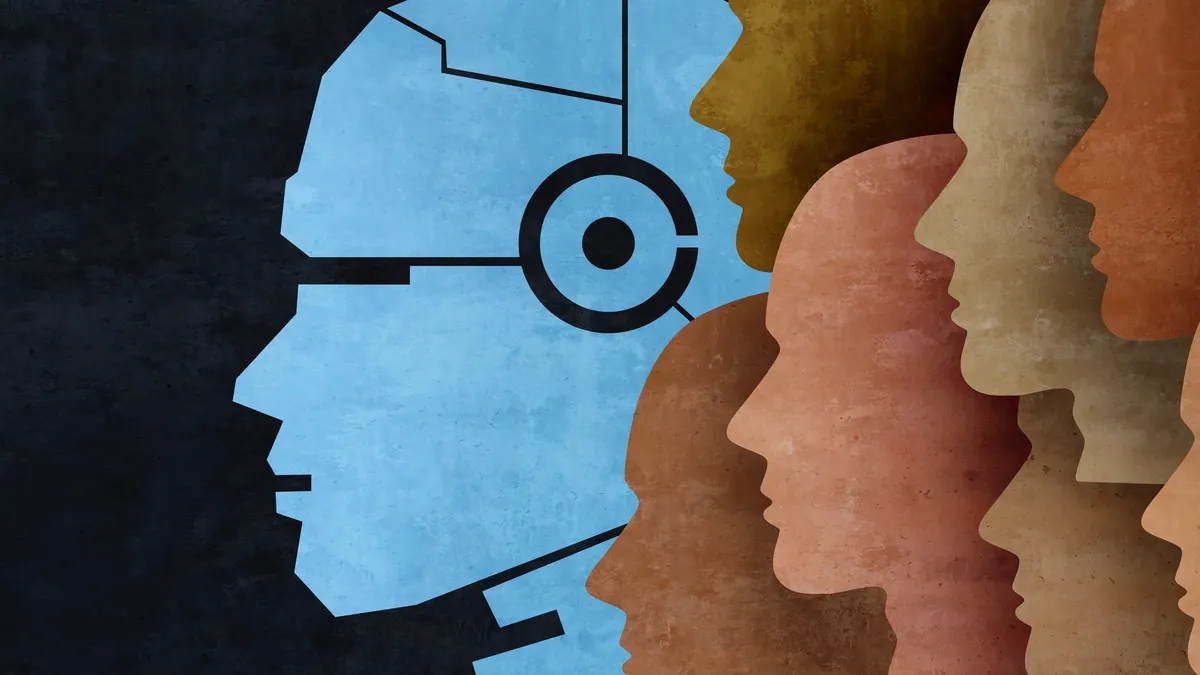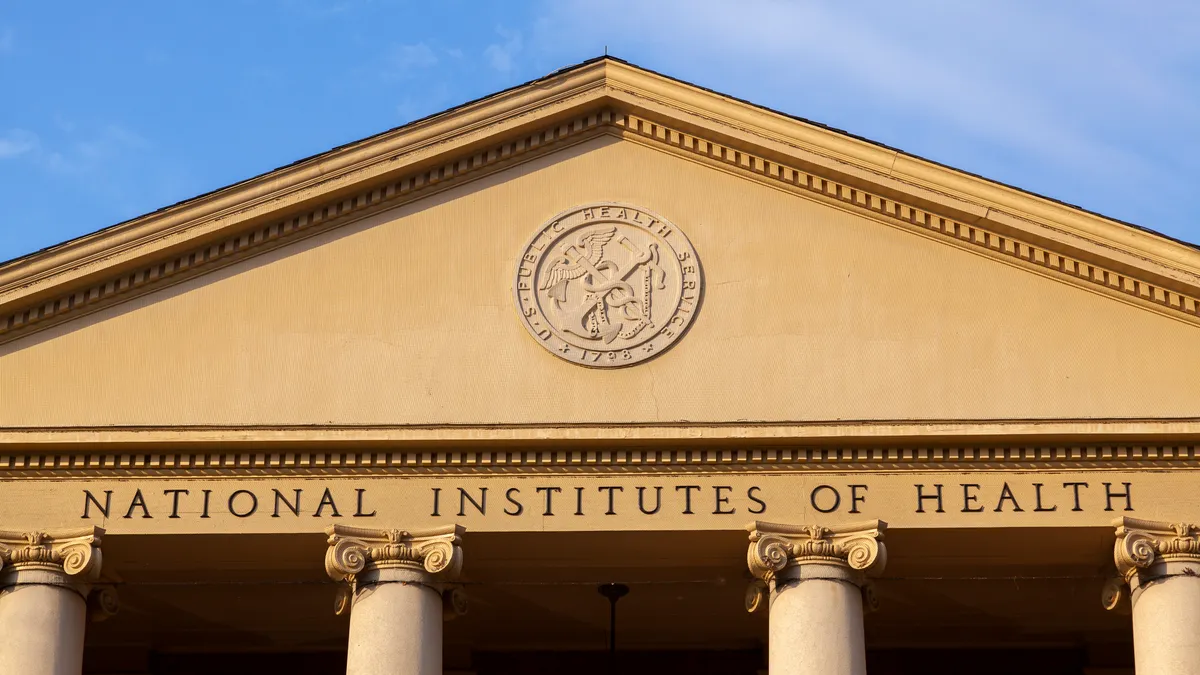When Eli Lilly hired computational pathology expert Thomas Fuchs as the company’s first-ever chief AI officer in October, the announcement showcased pharma’s demand for a very specialized combination of skills.
While many AI functions in pharma are outsourced, pharma and biotech companies are building up their internal AI workforces, triggering a higher need for leaders with a background straddling tech and health care.
A recent survey of about 500 industry professionals by the CRO Parexel showed it’s a pressing issue for drugmakers.
“A key insight is that 51% of biopharmaceutical leaders consider AI experts as one of the top three roles they need to fill in the next three to five years,” Keri Mattox, chief business officer at Parexel, said via email.
But recruiting experts for such specialized roles isn’t easy. At Lilly, Fuchs is tasked not only with leading the company’s strategic direction for AI initiatives in drug discovery, clinical trials, manufacturing, commercial activities and internal functions, but also with identifying, building and managing AI and machine learning solutions.
“These are not easy skills to train, and finding candidates can be challenging due to the specialized skills required. Competition is fierce,” Mattox said.
What to look for in an AI exec
Ideal candidates for pharma and biotech AI roles have experience that combines “technological expertise with a deep understanding of drug development,” according to Mattox.
Fuchs’ resume weaves together experience in multiple industries. At Mount Sinai, he worked in digital health, AI and computational pathology, and was dean and inaugural department chair for AI and human health. He also had stints at Memorial Sloan Kettering Cancer Center, NASA's Jet Propulsion Laboratory and the California Institute of Technology.
“They should be proficient in AI and data management, with broad therapeutic and drug development knowledge — not just a siloed area,” Mattox said of candidates. “This includes the ability to critically assess AI outputs and integrate them into decision-making, which requires a strong grasp of both algorithms and clinical contexts.”
But not all candidates will have a perfect mix of skills. Usually, they’re usually stronger in one field than the other, according to Bill Holodnak, CEO and founder of the executive recruiting firm Occam Global.
“We see very few people [who] come with equal competence or equal duration in either [healthcare or tech],” he said.
Many digital experts also often start in one field and move into the other. But part of the successful hiring process is finding leaders who are equally passionate about and committed to both disciplines.
“The companies actively working to develop and retain their teams are best prepared in the current environment."

Keri Mattox
Chief business officer, Parexel
“Are they believable in their commitment to do this? Because we don't want to waste our time and our clients’ time with somebody who's doing this as a hobbyist or as just a way to scratch an intellectual itch,” Holodnak said.
Motivation is also important, especially if a candidate has “uneven” skills on paper. Someone who has more experience in the tech world, but is driven to move into health care or the life sciences because of personal experience with a certain disease would have a strong motivation to succeed in a multidisciplinary role, Holodnak said.
Other “soft skills,” are important, too, like “critical thinking, problem-solving and agility to use AI in a way that creates efficiency,” according to Mattox.
“These skills enable the workforce to adapt quickly to changing technologies and methodologies, navigate complex challenges and envision disruptive and innovative approaches,” Mattox said. “Candidates also need to understand the importance of establishing measurable outcomes and outlining clear KPIs that demonstrate the value of AI.”
Cultural factors could also come into play including the need for tech professionals to adjust to the slower speed and more complicated regulatory hurdles of the life sciences world.
“They're used to creating a product, selling it and then selling the company,” Holodnak said. In the life sciences, “there's a longer timeline and there's much greater complexity in a product development life cycle.”
When it comes to finding talent, Mattox suggests active outreach, such as “engaging with universities and tech hubs,” as well as providing ongoing AI and other tech training for the current workforce.
“The companies actively working to develop and retain their teams are best prepared in the current environment,” she said.



















